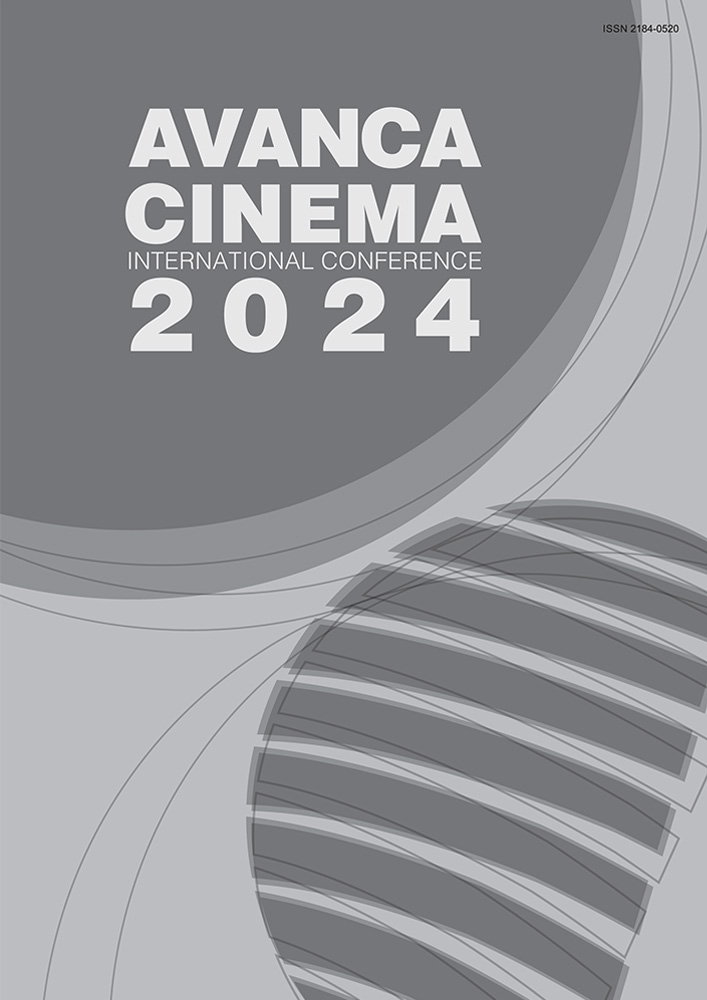Chapitre IV _ Cinéma - Technologie
Methodologies and Procedures for the Audiovisual Creation and Direction of Virtual Reality Short Films with Volumetric Capture. An Innovation Project for Higher Education
Résumé
Virtual reality (VR) has become a cutting-edge medium for interactive experiences and immersive storytelling. In this setting, virtual reality short films have become more popular. They provide audiences with the chance to fully submerge themselves in three-dimensional environments and experience the staging of fictional events firsthand. This article presents a method for producing virtual reality short films using volumetric capture, which enables the implementation of real-time acting captured in three-dimensional video in virtual space-time.
The production process is explained, starting with the idea of creating hybrid virtual reality cinematic experiences that blend various methods and assets, such as volumetric capture, computer graphics, and 360-degree film. For this experience, the production of the second episode of the virtual reality series The Stigma Machine (Martínez-Cano, 2022-currently) was carried out within the framework of the educational innovation project PIEU_B/2023_69: Production of prosocial-immersive audiovisual narratives in virtual reality, which involves 20 students from Miguel Hernández University’s Degree in Audiovisual Communication and the Double Degree in Audiovisual Communication and Journalism.
In order to experiment with the students on the various processes and techniques for the audiovisual creation of VR, a review of exceptional examples of VR short films with volumetric capture was conducted during the development of this project. Case studies were analyzed to illustrate the various solutions implemented to create immersive experiences from an emotional approach.
The findings highlight future directions for the creation of VR short films with volumetric capture and stress the value of multidisciplinary cooperation between filmmakers, visual artists, and VR specialists in advancing the development of this type of immersive storytelling.

Ce travail est disponible sous la licence Creative Commons Attribution 4.0 International .

